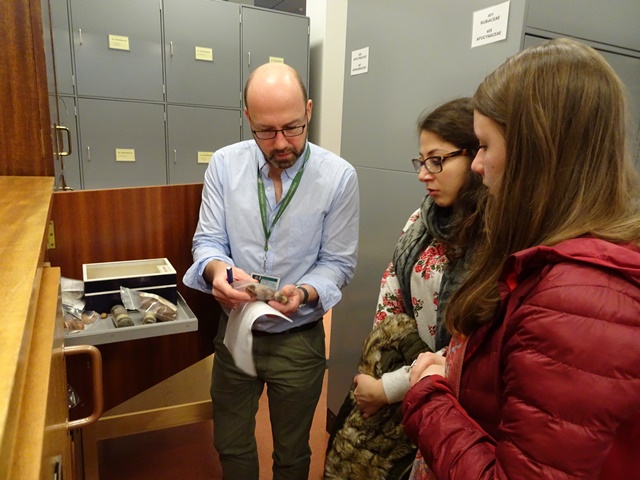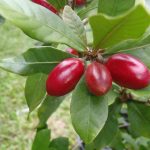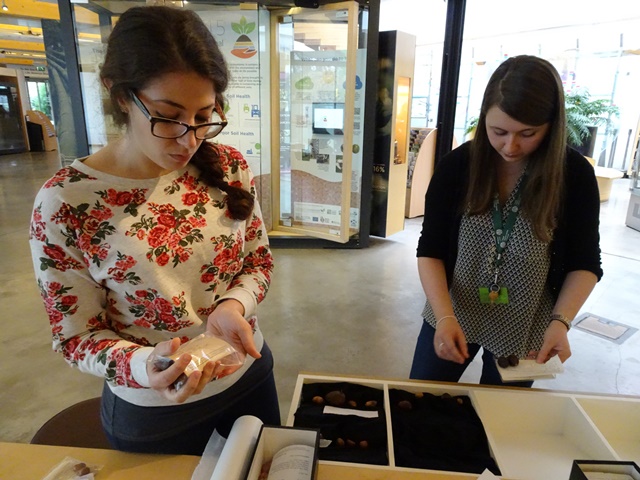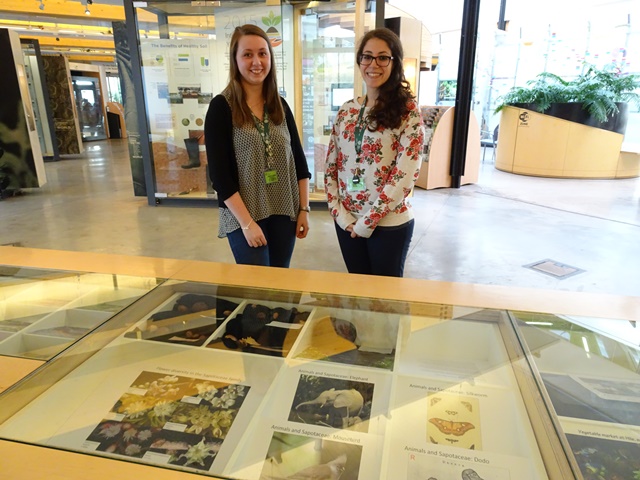If anyone had asked me if I knew any plants belonging to the Sapotaceae family eight weeks ago, I would have had no suggestions – I probably wouldn’t have even been able to spell the word Sapotaceae! With around 1300 species, the tropical tree family Sapotaceae is incredibly diverse. From latex production to edible fruits (and just about everything in between!), the plants within this family are of great economic and environmental importance.
Perhaps my favourite discovery from researching this plant family is the miracle berry (Synsepalum dulcificum). The ‘miraculous’ element of this plant comes from its ability to change how we perceive tastes – after eating this berry, all sour foods taste sweet! We managed to source tablets containing miracle berry extract and decided to test their effect by eating a slice of lemon after eating the tablet. I was a little sceptical and wondered whether I would only notice a change in taste because I knew there was supposed to be one. However, I discovered that the change in taste was not at all subtle – the lemons tasted like sweet oranges! As someone with a sweet-tooth, this calorie-free phenomenon is very exciting! The potential applications of the miracle berry as a natural and healthier alternative to sugar could be revolutionary to dieters and diabetes patients alike.

Seeds of Sapotaceae from the research collection in the Herbarium. Sapotaceae have a characteristic dull scar with the rest of the seed surface often being glossy. Here the middle seed shows the scar uppermost.
Little did I know when I began this placement I have actually been using products derived from members of this family every single day! Shea butter, found in many cosmetic products, is a product from Vitellaria paradoxa, another species within the Sapotacae family. I discovered that shea butter is not only great for treating skin conditions, but for anti-inflammatory medical uses, and has great potential as a biodiesel. This great number of diverse applications was a common feature of many of the plants I researched. To coincide with the Garden’s spring exhibition about the Sapotaceae – Nature Mother of Invention – I have been involved in developing a display about the Sapotaceae. This covers floral and fruit diversity in the family as well as four examples of animals that have specific interactions with Sapotaceae trees. The animal interactions have been written up as a separate blog The dodo tree and other stories.
The practical, technical and revolutionary applications of the Sapotaceae family throughout history are largely due to the special properties of the latex produced by species of Palaquium, otherwise known as gutta-percha. This was the wonder substance of Victorian Britain and was used in the same way that we use plastics today for moulding. The most revolutionary development to arise from the Sapotaceae family is arguably the linking of the world with high-speed communication via telegraph cables laid on the ocean floor. These cables were only possible with gutta-percha insulation around the copper core.
The display I have worked on has been able to draw upon the research on Sapotaceae diversity that is a focus for the Royal Botanic Gardens Edinburgh. This work is documenting species unknown to science. Without a name nothing can be communicated about a species potential uses or their place in the wider ecology of the habitats where they grow. Given the great utility of this plant family so far it is natural to wonder what exciting new discoveries may be just around the corner. The Sapotaceae truely is the most interesting plant family you’ve probably never heard of.
This post is by guest blogger Sarah Fleming, Science Communication MSc student at the University of Edinburgh.




